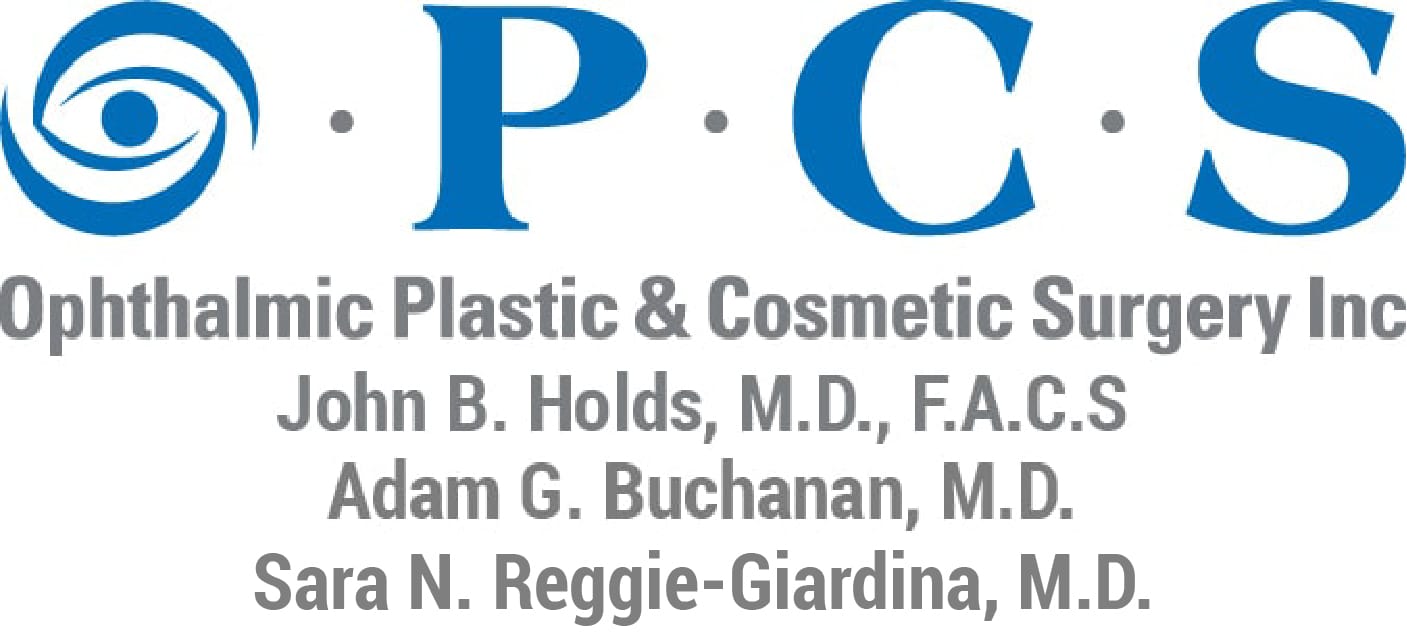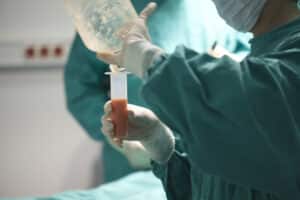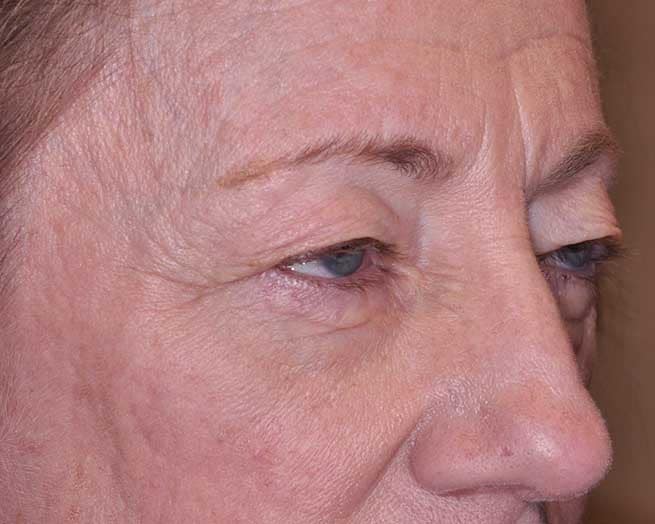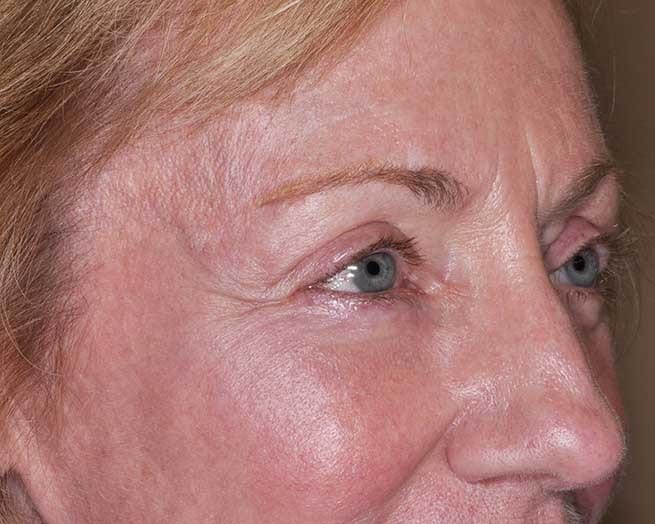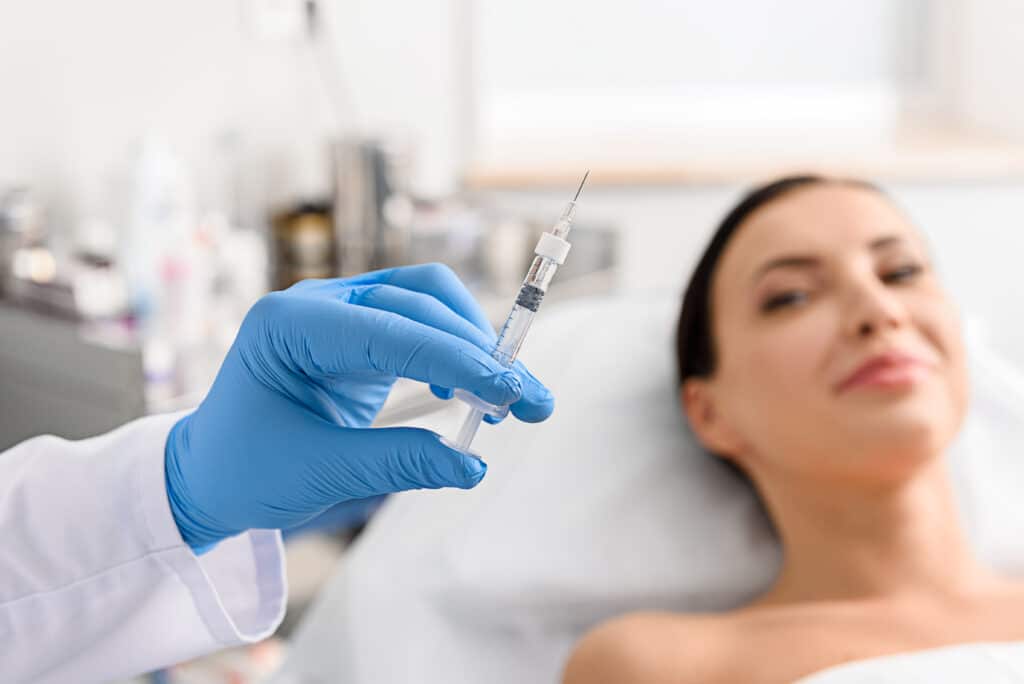Fat Transfer In St. Louis, St. Peters & Arnold, MO
What is a Fat Transfer?

Your skin is one of the first places on your body that shows visible signs of aging. As you age, it can leave you with fine lines, wrinkles, and a drop in collagen. To reverse these signs of aging, some patients choose to have a fat transfer.
A fat transfer, also known as fat grafting, involves taking body fat from somewhere else on the patient’s body and placing it into another place on their body. At Ophthalmic Plastic & Cosmetic Surgery Inc. we use this unique procedure to help restore volume, plump up areas, and create a smoother appearance on your face.
when is a fat transfer needed?
The face is especially prone to showing the signs of volume loss. There are a few different factors at work in this. The main culprit is declining collagen production. Every year after we have our 20th birthday our body produces one additional percentage point less collagen. Collagen provides the underlying support structure for our skin, keeping it firm and plump. So, take away 30 percent when you’re 50 and you understand why your facial skin is now prone to sagging and developing deep wrinkles. The skin also thins as we age.
Fat transfer returns volume. That is the main goal. By returning the volume to areas that have sagged and sunken, this can dramatically change the patient’s facial age.
Benefits of Fat Injections
Our team recommends a fat transfer because of the benefits of the procedure. These benefits include:
- The appearance of fuller and lifted cheeks
- Depressions, indentations, and wrinkles are filled in
- Creating a foundation for filler treatments to the lips, eyelids, nasolabial folds and other areas
- It’s all-natural so the risk of an allergic reaction is lower
Am I a candidate?
Patients who suffer from volume loss in the face and around the eyes are candidates for a fat transfer. Additionally, candidates for facial fat transfer have wrinkles, thin lips, sunken cheeks, or skin depressions that they would like to have filled.
Before your surgery, our team will talk with you about what you want to accomplish and advise you whether a fat transfer is the best procedure to achieve the results you desire. Often, our team will suggest that you combine a fat transfer with another procedure, such as a lower eyelid blepharoplasty. This combination of treatment is usually more powerful than either procedure alone, producing the best possible appearance for you.
How does fat transfer work?
In a fat transfer with our team, the idea is to use the patient’s own fat to return the volume to areas of the face that have sagged, sunken, and lost volume. Fat transfers offer an alternative to a surgical facelift (although the degree of change is not the same), but more often to dermal fillers.
This is a three-step procedure.
1. Harvesting
Your unwanted fat is harvested from the donor site. Once selected, our team uses tumescent liposuction to remove the fat from the area. First, a saline solution that also contains lidocaine and epinephrine is injected into the area. This acts to constrict the fat pockets, making them easier to remove. Plus, lidocaine acts as a local anesthetic and the epinephrine constricts blood vessels for less blood loss and bruising.
2. Purification
Once the fat is removed, the fat cells are separated from the blood, tissue, and other fluids. The purified fat is then ready to be injected back into the target areas on the face.
3. Placement
The purified fat is now injected into the target areas with a thin cannula. As our team withdraws the cannula from an injection site, a line of fatty tissue cells is deposited. In larger areas such as the cheeks, he may create a grid of grafted fat. Otherwise, for areas such as smile lines, the line may simply follow the crease in the skin. In most cases, the grafted areas are then lightly massaged to provide a natural contour.
What To Expect During Liposuction Portion of Fat Grafting
Today’s liposuction is remarkably non-traumatic for the skin and underlying tissues. Our team uses a tiny cannula inserted through usually just a 3mm incision to take the fat, which is then purified for re-injection. Because he uses the tumescent method, there isn’t any pain (just some soreness) and very minimal bruising afterward. This liposuction only needs local anesthetic, partially because lidocaine is included in the solution our team injects prior to inserting the cannula. Of course, the removal of unwanted fat from areas such as the abdomen or buttocks is a great secondary benefit to this procedure.
After the fat is removed, recovery at the liposuction sites is quite easy. The recovery from the liposuction portion of fat Transfers doesn’t keep the patient off work for a week or so, that is due to the fat transfer and swelling at the injection sites.
What areas can be treated?
Thanks to our team’s extensive knowledge of facial anatomy, you have many options for where you may want to have fat placed on your face. These are the typical targeted locations:
-
- Sunken cheeks
- Areas where fat has left the cheekbones
- Deep grooves running from the nose to the corners of the mouth (nasolabial folds)
- Under eye lines
- Under eye hollows
What To Expect During Fat Injections?
After harvesting and preparing the fat, our team will inject the prepared fat into the predetermined areas of the face. During this process, the facial areas will be slightly overfilled. This is done because your body will eventually absorb some of the fat following the procedure.
The good news is that you can go home on the same day as the surgery. Our office requires that patients arrange to have someone pick them up because they may be swollen and drowsy from the sedative.
What Our Patients Say
“I’ve been seeing Dr. Holds for 28 years by far the best doctor I’ve come across and would highly recommend him to anyone looking for eye surgery or plastic surgery.” –
Before & After Fat Transfer
Fat Transfer Recovery
You will have two recovery areas with fat transfers, but neither demands a difficult recovery. Your donor area will have some bruising and swelling for a week or so, but this is minimal. It isn’t to the degree that accompanies a stand-alone liposuction procedure. There is little if any, pain involved with the donor area.
The transfer areas on the face will have some moderate swelling and there will also be some bruising. It’s important to use a cold compress for the first hours you are home to minimize this. The swelling will likely increase until about the third day, and will then begin to subside. Depending on the amount of fat transferred, patients will generally be able to return to work and normal social activities after about one week. It’s not a bad idea to buffer your procedure across two weekends, if possible. If you still have any lingering bruising it will be easily covered with makeup. The transfer areas won’t be overly painful; most patients don’t require anything other than over-the-counter pain medication. Swelling is the issue.
Our team will see you first in five to seven days, and then again in three weeks. These appointments will let him see how the fat is “taking,” meaning how much is connecting to blood vessels in the area.
When are fat transfer results visible?
Obviously, there are immediate results because of the fat that has been injected, but these aren’t really your final results. Plus, the swelling will mask your early results. As mentioned above, for the fat to successfully transfer it needs to acquire blood supply from vessels in the area. Those fat cells that successfully connect to blood vessels will “take.” Other fat cells will not take and will die and be flushed from the body by the lymphatic system. The amount of fat injected that will take is variable. Fat tends to take better in areas with more muscle. Fat grafts, on average, have a 60 percent survival rate, so our team will inject more fat than is needed in the target area.
You will also have swelling that will take a few weeks to fully resolve.
During the early weeks after your fat grafting session, the increase in volume is due mainly to swelling. But as that resolves, within 2-4 months, you may seem to lose a little volume. This is because the fat grafts aren’t fully healthy yet. As the grafts successfully take, you will see your final results, usually from 3-4 months after your session. These results can continue to improve for even a few more months after that. When our team sees you again at the three-month period after your procedure, the two of you will discuss the possibility of “touch-up” fat transfer to fill out certain areas where not enough of the injected fat became established.
Fat Transfer vs Dermal Fillers
Fat transfer has some advantages and disadvantages when compared to replacing lost volume with dermal fillers such as Juvederm.
First, autologous fat comes from your body so there is virtually no chance of an allergic reaction. Dermal fillers, especially synthetic fillers, can sometimes trigger an allergic reaction.
Second, fat transfer is permanent. Although your body will absorb some of the injected fat, the majority of what is injected will take permanently. Dermal fillers such as Juvederm have a limited duration, usually up to one year, before the body eventually absorbs the filler and its volume enhancement fades.
That second point is also a disadvantage to fat transfers. While the fat can take permanently, it is difficult to know just how much fat will successfully transfer. This is why our team over-injects the amount of fat needed initially, to compensate for the loss of up to 40 percent of the fat. As you would assume, this can create some variability in the degree of volume replaced. This is not true with dermal fillers, as they instantly show the results and are very predictable.
Short-term cost is higher with fat transfers, but the long-term cost may actually be lower. This is because fillers only last about one year, whereas fat can successfully last for decades. Fat transfer is considered a permanent procedure. Dermal fillers need to be repeated over and over to maintain their effects.
Risks of Fat Transfer
Fat transfer is generally a safe procedure, but as with any procedure, can come with some risks including:
-
- Infection
- Bleeding
- Scarring
- Nerve Damage
- Under or over-correction
